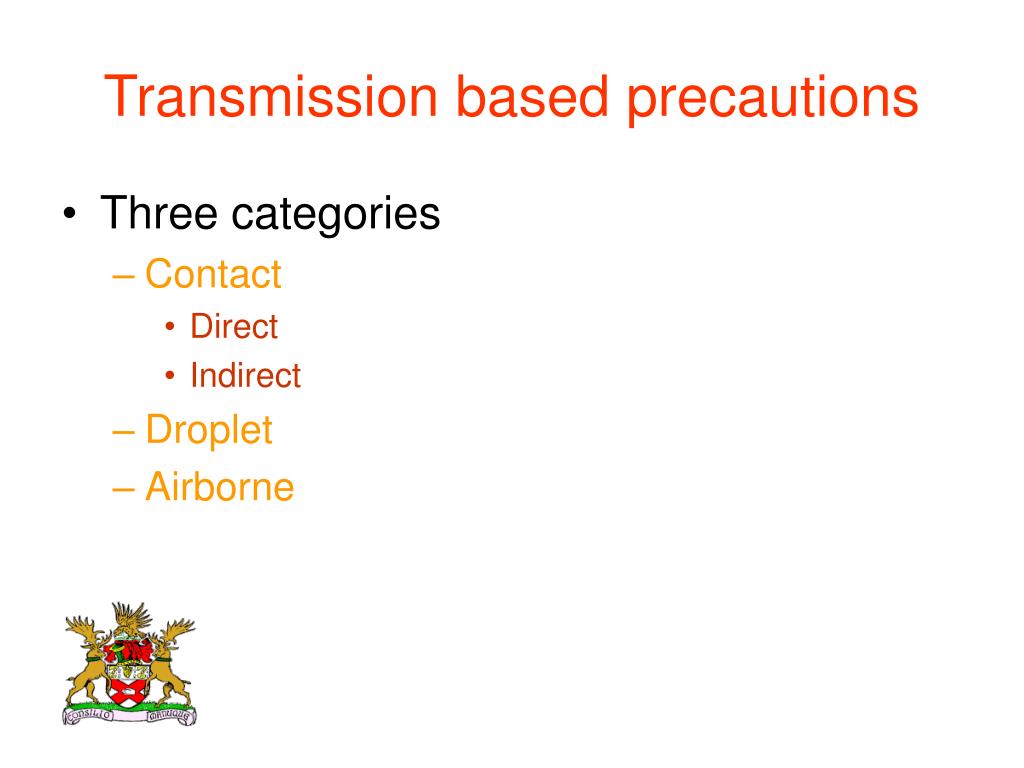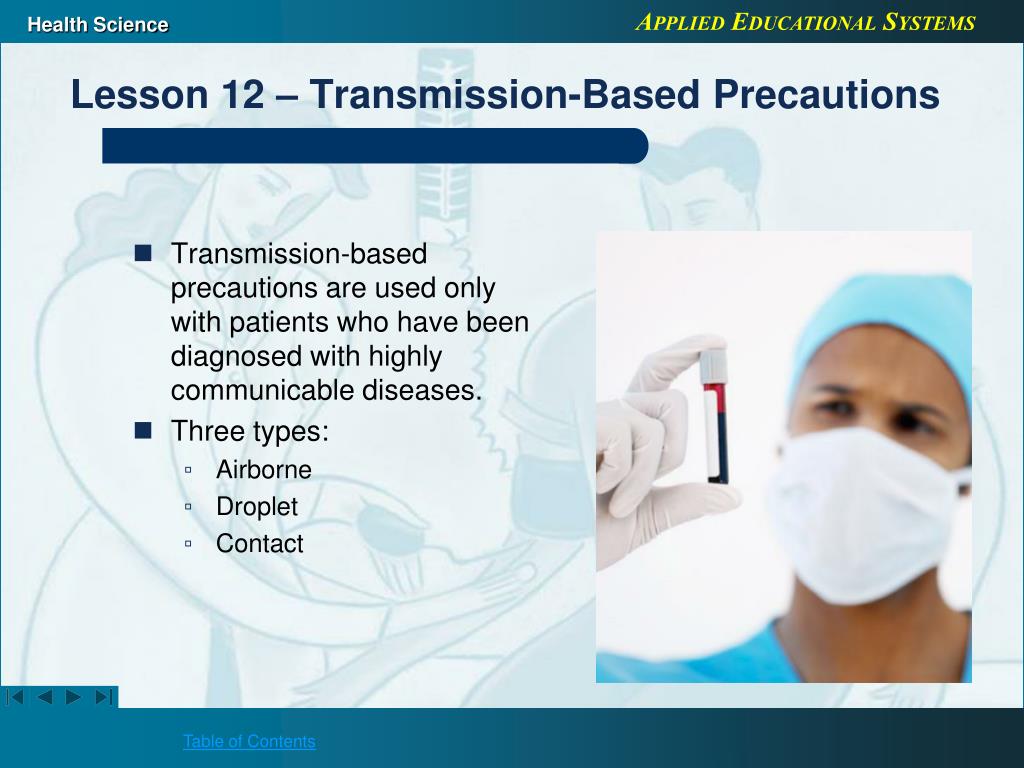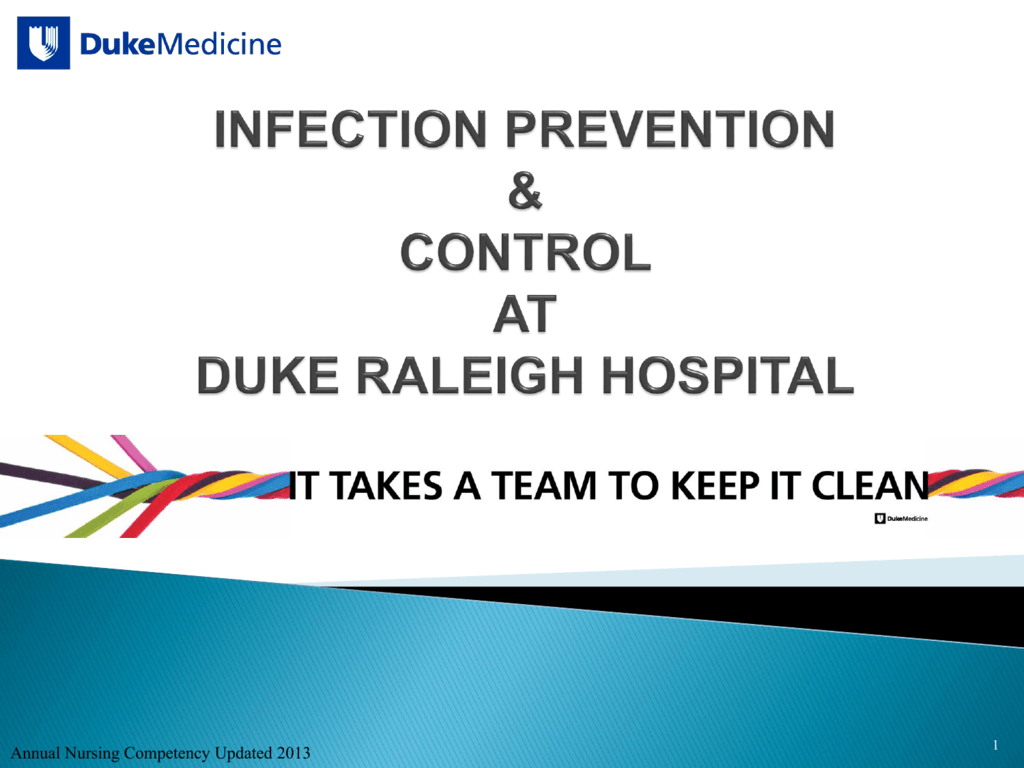

The portal of entry is the physical location through which a pathogen enters the host’s body such as mucus membranes, open wounds, or tubes inserted in body cavities like urinary catheters, central lines or feeding tubes. The mode of transmission is the means by which an organism transfers from one carrier to another by either direct transmission (direct contact between infectious host and susceptible host) or indirect transmission (which involves an intermediate carrier like an environmental surface or a piece of equipment). The portal of exit is the physical location from which an organism leaves an animate reservoir, such as the respiratory tract (nose, mouth), intestinal tract (rectum), urinary tract, or blood and other body fluids. Reservoirs of disease can be inanimate such as toilet seats, elevator buttons, or animate such as food, water or human bodily fluids. Reservoir:Ī reservoir is the location or physical place that harbors microorganisms (pathogenic, opportunistic or non-pathogenic) and serves a possible source of infection. Characteristics of an disease-causing organism include the organism’s virulence (ability to multiply and grow), invasiveness (ability to enter tissue), and pathogenicity (ability to cause disease). Infectious Agent:Īn infectious agent is any disease-causing microorganism such as a bacterium, virus, parasite, or fungus. Additionally, the IP will use this information for compliance review.įigure 1. The IP should also use this information to provide education to staff. This information can be used to develop and review the policies and procedures implemented in a facility. The materials in this chapter should be the foundation for all infection prevention and control activities.

Standard and transmission-based precautions are the cornerstone for all infection prevention activities to prevent healthcare-associated infections (HAI) and the transmission of communicable diseases to patients, staff and visitors. Chapter 5, Isolation Precautions, by D Greene.Washington, D.C.: Association for Professionals in Infection Control and Epidemiology, Inc. Infection Preventionist’s Guide to Long-Term Care. Schweon S, Burdsall D, Hanchett M, et al.
Transmission based precautions manual#
Infection Prevention Manual for Ambulatory Surgery Centers. Infection Prevention Manual for Ambulatory Care. Infection Prevention Manual for Hospitals revised edition. Bennett G, Morrell G and Green L, eds.Chapter 43 Preventing Transmission of Bloodborne Pathogens in the Healthcare Setting, by DK Henderson.B en n e t t & Brachman’s Hospital Infection 6 th Edition. Chapter 30, Aseptic Technique, by P Iwamoto and MT Post.Chapter 29, Isolation Precaustions (Transmission-based Precautions), by C Berends and B Walesa.Chapter 28, Standard Precautions, by T Wiksten.APIC Text of Infection Control & Epidemiolo 4 th Edition. Grota P, Allen V, Boston KM, et al, eds.World Health Organization: WHO Guidelines on Hand Hygiene in Health Car Available at: /publications/2009/9789241597906_eng.pdf.Available at: cdc.gov/ncidod/dhqp/pdf/isolation2007.pdf. Healthcare Infection Control Practices Advisory Committee (HICPAC) 2007 Guideline for Isolation Precautions: Preventing Transmission of Infectious Agents in Healthcare Settings.



 0 kommentar(er)
0 kommentar(er)
